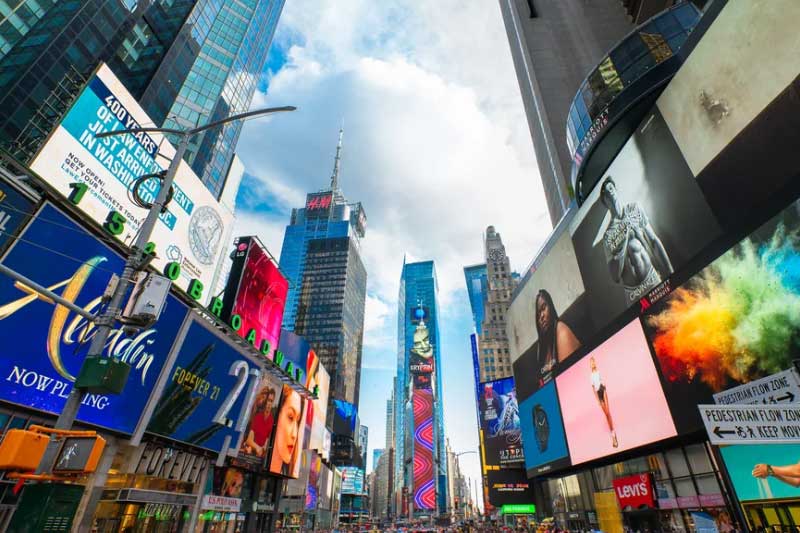In today’s fast-paced world, capturing the attention of potential customers through effective signage is more crucial than ever. High-traffic areas, be they bustling urban streets, shopping malls, or major event venues, offer significant opportunities for businesses to showcase their brands. However, optimizing signage for these areas requires careful planning and execution to stand out from the crowd. Here, we explore the essential strategies that will help your signage make a lasting impact.
- Understanding Your Audience and Environment
Before designing your signage, it’s crucial to understand who your audience is and where your sign will be placed. Factors such as age, demographics, and behavior patterns play an essential role in how people interact with signage. For example, signage in a transit station may need to communicate information quickly due to limited dwell time, while signs in shopping malls can be more detailed and visually engaging.
- Choosing the Right Size and Placement
Size matters when optimizing signage for high-traffic areas. Large-format signs are typically more effective as they catch the eye from a distance, but placement is equally important. Ensure that your sign is located at an optimal height and angle that maximizes visibility, considering factors like pedestrian flow and vehicle sightlines.
- High-Contrast Colors and Readable Fonts
The use of high-contrast colors and readable fonts can significantly boost the visibility of your signage. For high-traffic areas, colors like red, yellow, and black often stand out, especially when paired with white or neutral backgrounds. Ensure that your chosen fonts are bold and legible from a distance, avoiding overly decorative or thin typefaces that may be hard to read.
- Incorporating Movement and Interactive Elements
Dynamic signage that incorporates movement, such as digital displays or LED screens, naturally attracts more attention. Adding interactive elements like touchscreens or motion-activated features can further engage viewers and create memorable brand interactions.
- Keeping the Message Simple
For high-traffic areas, where viewers may only have a few seconds to absorb your message, simplicity is key. Use short, impactful phrases that are easy to understand at a glance. Bullet points and concise calls to action (CTAs) are effective for conveying essential information quickly.
- Enhancing with Strategic Lighting
Illuminated signs are essential for areas with variable lighting conditions or that function after dark. Use LED backlighting or spotlights to ensure your sign stands out in dim or dark environments. Additionally, consider using programmable lighting that adjusts based on the time of day to maintain the effectiveness of your sign throughout the day.
- Durability and Weather Resistance
For outdoor high-traffic areas, choosing materials that withstand different weather conditions is crucial. UV-resistant coatings, waterproofing, and anti-fade technologies can prevent wear and maintain the visual appeal of your signage over time.
- Tracking and Measuring Effectiveness
Modern technology allows for the tracking of signage performance through metrics like engagement duration and conversion rates. Using tools like digital foot traffic counters and eye-tracking studies can provide valuable insights into how effective your signage is in its placement and design.
Conclusion
Optimizing signage for high-traffic areas involves a blend of strategic design, location analysis, and technological enhancements. By focusing on readability, lighting, simplicity, and interactivity, businesses can create impactful signage that not only attracts attention but also effectively communicates their message.
For more insights into enhancing your signage and point of purchase displays, explore our featured articles at Sign N POP World for cutting-edge tips and trends.




